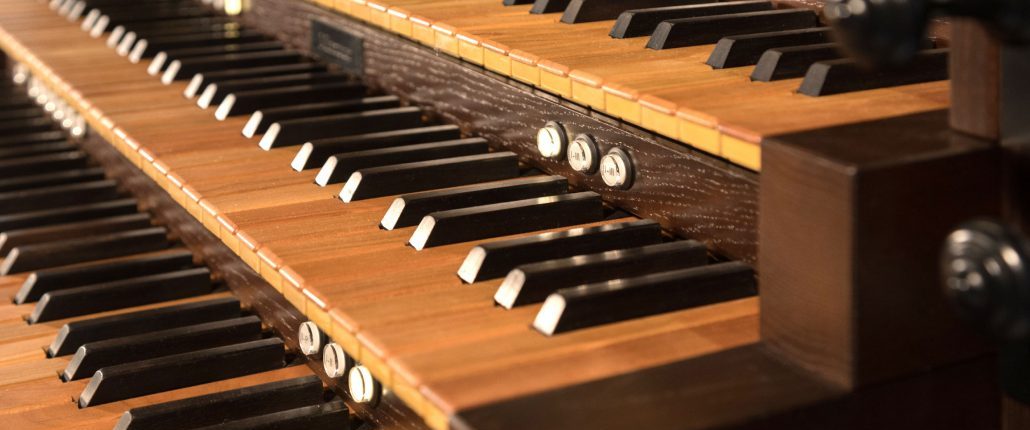Who invented the pipe organ?

An early type of the pipe organ is invented by the Greek engineer Ctesibius of Alexandria in the third century before the birth of Christ.
Ctesibius devised a hydraulis. A hydraulis is an instrument which delivered a wind supply maintained through water pressure to a set of pipes. The air is pushed into the reservoir with hand pumps. The reservoir is open on the bottom, so that water can mantain the pressure on the air as the air supply fluctuates. The hydraulis was played in the arenas of the Roman Empire.
Hydraulis means ‘water driven pipe instrument’. It was played by hand (not automatically by a natural waterflow, like a waterfall).
This is how a hydraulis sounds:
Later on the pumps and water regulators were replaced by an inflated leather bag. True bellows began to appear in the seventh century: 1.000 years after the invention of Ctesibius.
Did you know that 400 pieces of a hydraulis from 228 AD were found during archaeological excavations in the 20th Century in the former Roman town Aquincum?

More questions
– What are the biggest organs in the world?
– Why is an organ used in churches?
– Who invented the pipe organ?
– What is the organ with the most pipes?
– What’s the longest organ pipe in the world?
– Where can I play a pipe organ?
– Is a pipe organ a wind instrument?
